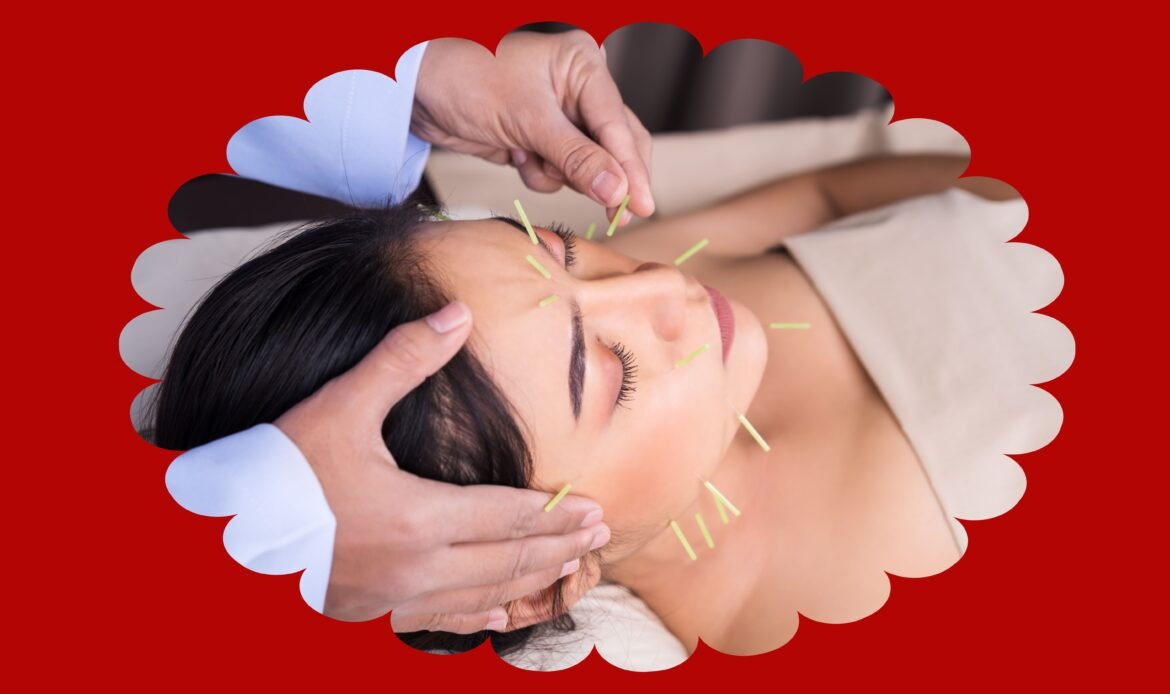Introduction
Acupuncture therapy is a traditional Chinese medicine practice that has gained popularity worldwide for its potential to promote healing and overall well-being. This ancient technique involves the insertion of thin needles into specific points on the body to stimulate energy flow and restore balance. In this article, we will explore the origins of acupuncture therapy, its numerous benefits, and the techniques involved in this holistic approach to healthcare.
Origins of Acupuncture Therapy
Acupuncture therapy has its roots in ancient China, dating back over 2,500 years. It was developed by the ancient Chinese as a way to understand and address the flow of energy, or Qi, within the body. According to traditional Chinese medicine, imbalances or blockages in the flow of Qi can lead to various health issues. By inserting needles into specific points along energy pathways, known as meridians, acupuncturists aim to restore the proper flow of Qi and promote healing.
Benefits of Acupuncture Therapy
Acupuncture therapy offers a wide range of potential benefits for both physical and mental health. While individual experiences may vary, some common benefits reported by those who have undergone acupuncture treatment include:
- Relief from chronic pain, such as headaches, back pain, and arthritis
- Reduced stress and anxiety
- Improved sleep quality
- Enhanced immune system function
- Increased energy levels
- Improved digestion
- Alleviation of allergy symptoms
It is important to note that acupuncture therapy should not be considered a standalone treatment for serious medical conditions. It is best used as a complementary therapy alongside conventional medical care.
Techniques of Acupuncture
Acupuncture therapy involves several techniques that may be used in combination to address specific health concerns. These techniques include:
- Traditional Chinese Acupuncture: This is the most common form of acupuncture, which involves the insertion of thin needles into specific points along the meridians to restore energy flow.
- Electroacupuncture: This technique involves the use of small electric currents applied to the acupuncture needles to enhance the therapeutic effects.
- Auricular Acupuncture: Also known as ear acupuncture, this technique focuses on specific points on the ear to treat various health conditions.
- Moxibustion: This technique involves the burning of dried mugwort near the skin to stimulate acupuncture points.
- Cupping: Cupping involves the use of glass or silicone cups placed on the skin to create suction, which promotes blood flow and relieves muscle tension.
Steps in Acupuncture Therapy
During an acupuncture session, the following steps are typically followed:
- Consultation: The acupuncturist will discuss your medical history, current health concerns, and goals for treatment.
- Assessment: The acupuncturist will examine your tongue, pulse, and other physical signs to determine the imbalances in your body.
- Needle Insertion: The acupuncturist will insert thin, sterile needles into specific points on your body. You may feel a slight prick or tingling sensation, but acupuncture is generally painless.
- Needle Manipulation: The acupuncturist may gently manipulate the needles to enhance the therapeutic effects.
- Needle Removal: After a designated period of time, usually around 15-30 minutes, the needles will be removed.
- Follow-up: The acupuncturist may recommend a series of sessions for optimal results and provide lifestyle and dietary recommendations to support your healing process.
Conclusion
Acupuncture therapy is a time-tested holistic approach to healthcare that offers numerous potential benefits for physical and mental well-being. Originating from ancient China, this practice has gained recognition worldwide for its ability to promote healing and restore balance within the body. Whether you seek relief from chronic pain, stress reduction, or improved overall health, acupuncture therapy may be a valuable addition to your wellness routine. Consult with a qualified acupuncturist to explore how this ancient practice can support your health goals.

